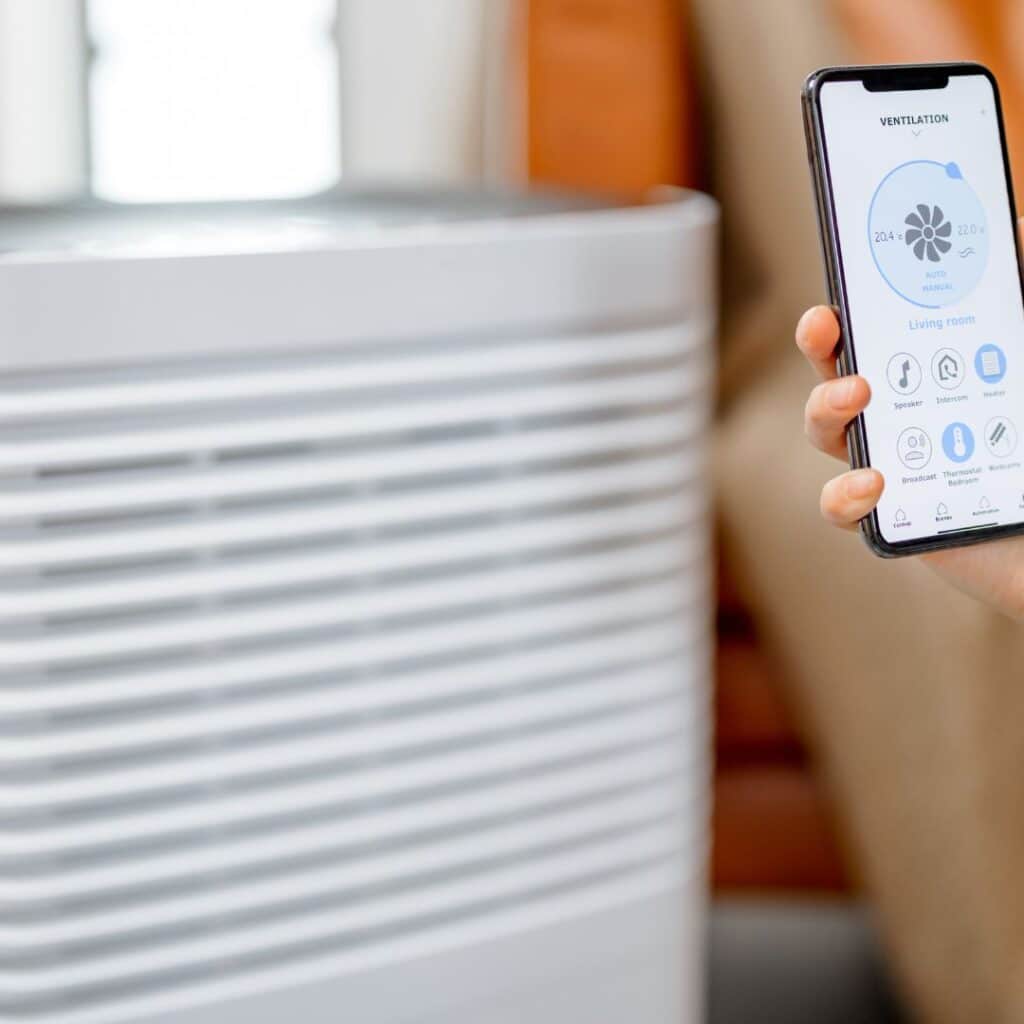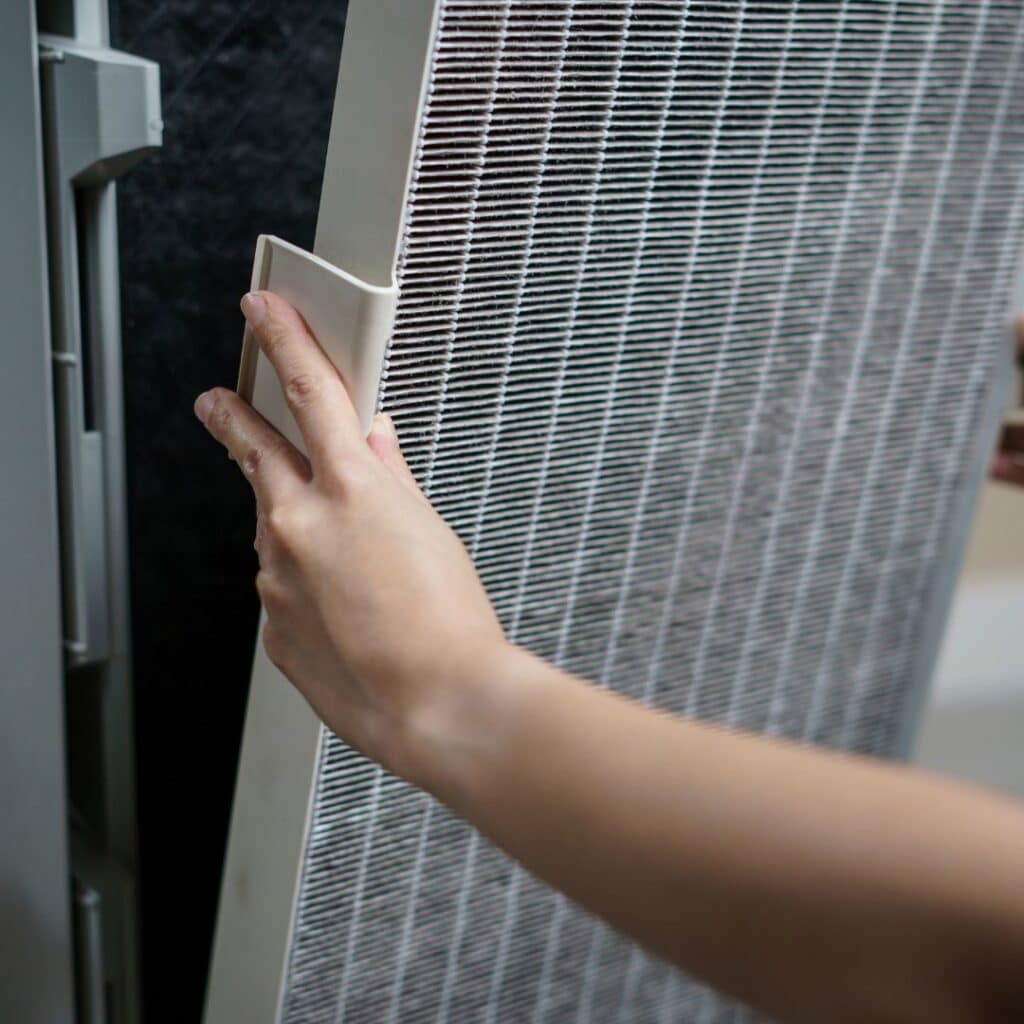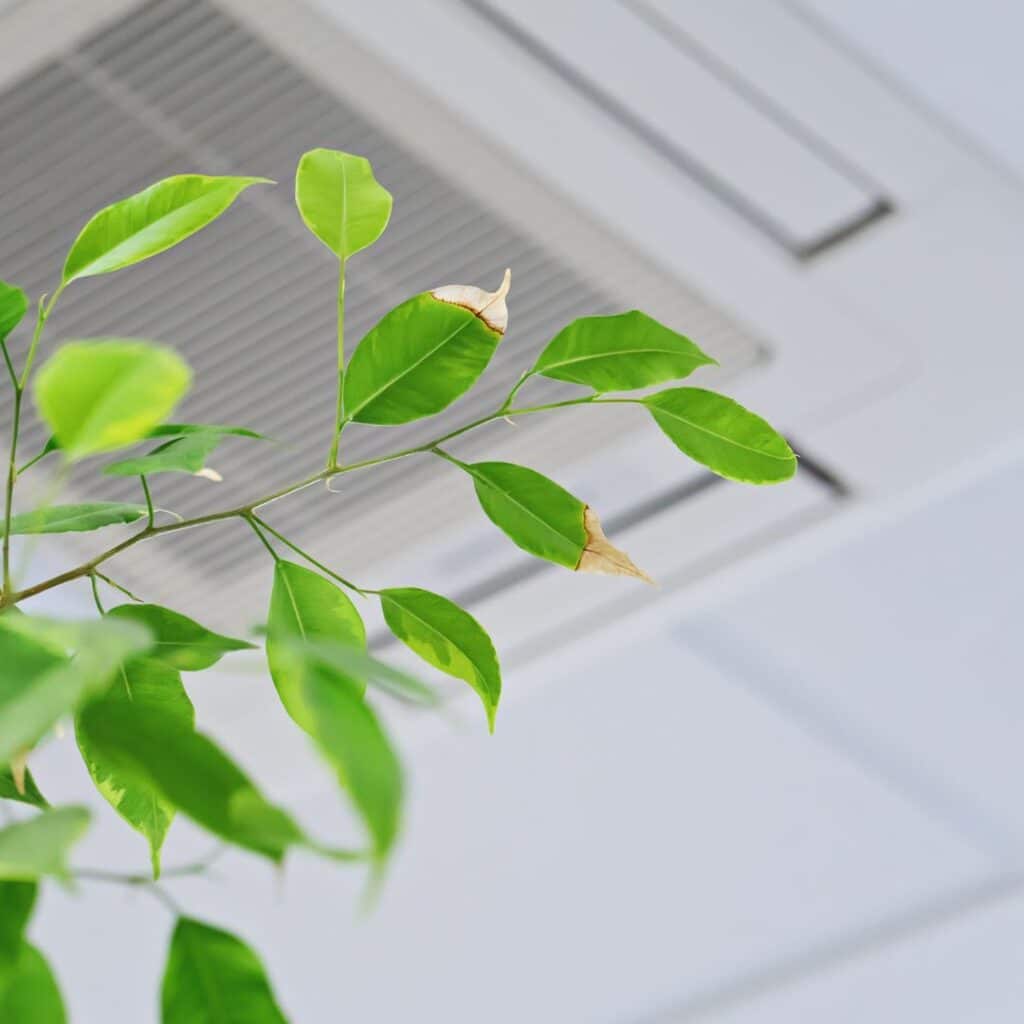Indoor air quality is a crucial facet of overall health and well-being, which often goes overlooked. The Environmental Protection Agency (EPA) estimates that indoor air can be two to five times more polluted than outdoor air, even in large, industrialized cities. This can have significant implications, considering the average person spends approximately 90% of their time indoors.
Poor indoor air quality can lead to a variety of health issues, including allergies, respiratory diseases, and even severe conditions like heart disease or cancer. So, it is imperative to prioritize and improve indoor air quality for a healthier and more conducive living environment.
Let's discuss indoor and outdoor air quality and how you can improve it.
Understanding Indoor Air Quality
Indoor air quality refers to the air quality within and around buildings and structures, especially as it relates to the health and comfort of people in them. It is measured using devices that detect air particles, humidity, temperature, carbon dioxide, and other air quality indicators.
There are several common indoor air pollutants that can severely impact the quality of air indoors.
- Dust
- Pollen
- Pet Dander
- Mold
- Volatile Organic Compounds (VOCs): These are gases emitted from certain solids or liquids inside the home. Common sources include paints, aerosol sprays, cleansers, disinfectants, and air fresheners.
By recognizing these common pollutants, we can take necessary measures to improve indoor air quality. Now that we have a good idea as to what can affect indoor air quality in and around your home, let's talk about some tips to help improve it.

Tips to Improve Indoor Air Quality
1. Keep Your Home Clean With a Regular Routine
Keep your home as clean and dust-free as possible by vacuuming regularly, sweeping floors, and wiping down surfaces with a damp cloth. Make sure that you aren't just kicking up the dust though and spreading it throughout your home.
Maintaining a regular cleaning routine is a crucial step in improving indoor air quality, particularly in minimizing dust and allergens. Dust, containing microscopic particles, often acts as a carrier for allergens such as pollen and pet dander, which can trigger allergies and respiratory problems. Regular cleaning interrupts this process by physically removing these particles before they can accumulate and get recirculated into the air.
2. Proper Ventilation and Air Circulation
Ensuring proper ventilation and air circulation in your home is a key factor in improving indoor air quality. Fresh air circulation plays a crucial role in diluting indoor pollutants and reducing their concentration. Opening windows, when the weather permits, allows for natural air exchange, helping to refresh the indoor environment.
Similarly, using exhaust fans in bathrooms, kitchens, and other areas prone to moisture and odors can aid in expelling stale indoor air and introducing fresh outdoor air. Not only does this help to control and decrease humidity levels, but it also aids in removing pollutants directly from their source.
3. Use High-Quality Air Filters
Air filters play a vital role in maintaining healthy indoor air quality by trapping harmful particulates like dust, pollen, and pet dander. However, it's important to note that not all air filters are created equal.
Filters with a high MERV (Minimum Efficiency Reporting Values) rating can filter out smaller particles more efficiently. These high-quality air filters are especially beneficial for people with allergies or respiratory conditions. Regularly changing these filters is also crucial in ensuring optimal air quality. Old, dirty filters can become a breeding ground for mold and bacteria, contributing to poor air quality.

4. Control Humidity Levels
Controlling humidity levels in your home is another essential step toward improving indoor air quality. High humidity can encourage the growth of mold and dust mites, which can trigger allergies and worsen respiratory conditions. The ideal humidity level for a healthy indoor environment is between 30% and 50%.
Unfortunately for residents in Alabama, we have the third most humid state with an average annual humidity of 85.75%. So using devices such as dehumidifiers is necessary in order to control humidity levels and excess moisture in your home.
5. Minimize Chemical Pollutants
Chemical pollutants, such as Volatile Organic Compounds (VOCs), are commonly found in everyday household items, including cleaning products, air fresheners, and paints. These chemicals can evaporate into the air and significantly degrade indoor air quality, causing various health issues such as throat irritation, headaches, and in severe cases, damage to the liver, kidney, or central nervous system.
To minimize exposure to chemical pollutants, consider the following:
- Use natural cleaning products whenever possible. There are many effective alternatives to harsh chemical cleaners, such as vinegar, baking soda, and lemon.
- Opt for low-VOC or VOC-free paints and finishes when decorating your home.
- Avoid synthetic fragrances found in air fresheners and scented candles. Instead, use essential oils or naturally scented candles.
- Ensure proper ventilation when using products that emit VOCs.
By being mindful of the products you bring into your home, you can significantly reduce the level of chemical pollutants and improve indoor air quality.
6. Avoid Smoking Indoors
One of the most harmful contributors to poor indoor air quality is tobacco smoke. It contains several harmful substances such as tar, nicotine, carbon monoxide, and formaldehyde, which can linger in the air long after the cigarette is extinguished. These substances can pose serious health risks, including respiratory illnesses, asthma, and even lung cancer.
To protect the health of your household and maintain optimal indoor air quality, it is best to avoid smoking indoors. If you or someone in your household is a smoker, consider creating an outdoor smoking area away from windows and doors to prevent smoke from entering the house. Additionally, you can invest in a high-quality air purifier designed specifically to filter out tobacco smoke and odor. These combined practices can go a long way in preserving the quality of your indoor environment.
7. Regular HVAC Maintenance
Regular maintenance of your heating, ventilation, and air conditioning (HVAC) system is another significant step toward improving indoor air quality. Over time, dust, dirt, and allergens can accumulate in the ducts and components of your HVAC system, which can then be circulated throughout your home. Consequently, regular HVAC maintenance can prevent this accumulation and improve air circulation and quality.
Remember, a well-maintained HVAC system not only contributes to better indoor air quality but can also save you money by running more efficiently and preventing costly repairs or replacements in the future.

8. Consider Air Purifiers and Indoor Plants
Air purifiers like Ohanna Clean Air can be an excellent addition to your efforts to improve indoor air quality. These devices work by pulling in indoor air, filtering out pollutants like dust, smoke, and allergens, and then recirculating clean air back into the room. For maximum effectiveness, it's important to choose an air purifier with a HEPA (High Efficiency Particulate Air) filter, which can trap 99.97% of particles that are 0.3 microns or larger.
In addition, indoor plants can also contribute positively to your indoor air quality. Certain species are known to absorb harmful pollutants like benzene, formaldehyde, and trichloroethylene. Some of these 'air-purifying' plants include the spider plant, snake plant, and peace lily. They not only help to purify the air but also add to the aesthetic appeal of your home, bringing a touch of nature indoors.
However, it's worth noting that while indoor plants can help to improve air quality to some degree, they should not be relied upon as the sole solution. A combination of the strategies mentioned in this guide will yield the best results for improving indoor air quality.
Start Improving Your Indoor Air Quality Today
It's essential to take steps to improve indoor air quality, as it has a direct impact on your health and well-being. Following the tips in this guide can make a significant difference in reducing pollutants and ensuring that you are breathing clean, healthy air indoors.
If you would like additional guidance on creating a healthier home environment, feel free to reach out to our team. We've been providing HVAC services in Huntsville, AL for over 15 years and we're committed to helping create healthier indoor air quality for your family.

